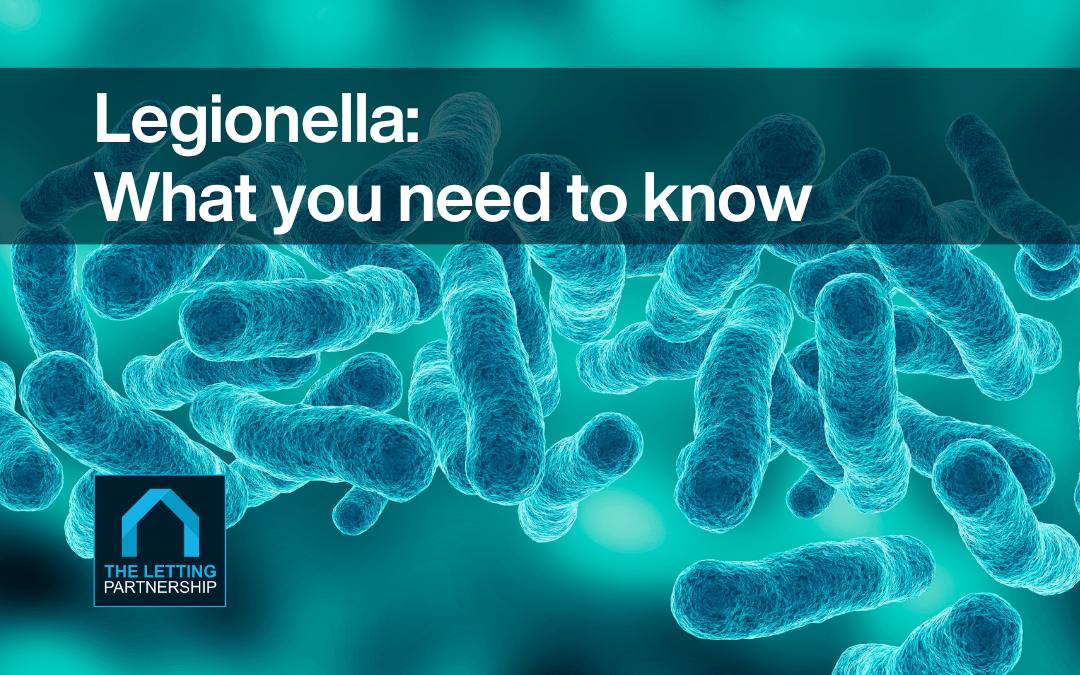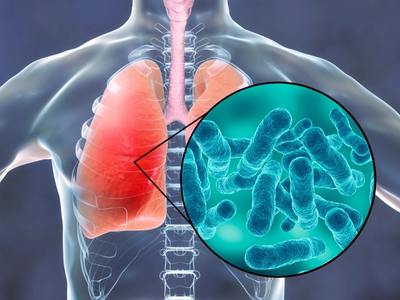In October, we talked about how, as agents, you can promote your services by ensuring landlords are aware of everything you can do for them to make their lives less stressful when it comes to property management. This month we discuss another essential, but often confusing task for landlords: assessing the risk of Legionella bacteria.
As you know, by law a number of risk assessments must be carried out before a property can be rented out. Most of these are well known, however the legionella risk assessment isn’t particularly well-publicised, and the legislation surrounding it is confusingly worded, which can lead to landlords being caught out.
We answer key questions on Legionella to give you a better understanding of the subject so you can assist your landlords to the best of your ability.
What is Legionella and Where is it Found?
Legionella is the bacteria which can cause Legionnaires’ disease. It is commonly found in water systems (e.g. hot tubs and hot water tanks) and it thrives in water temperatures between 20-45 °C.
Water tanks, pipes and shower heads all meet the perfect temperature requirements for Legionella bacteria to form and provide nutrition for it in the shape of biofilm, scale, rust, and sludge. So, it’s these cold and hot water systems that landlords need to pay special attention to.
All properties are at risk. While older water systems may provide a more attractive breeding ground for Legionella bacteria, it can just as easily flourish in a new system.
Just How Bad is Legionnaires’ Disease?
Legionnaires’ disease is a lung infection with flu-like symptoms, which can develop into a serious and even life-threatening illness. It can be contracted by inhaling small droplets of water suspended in the air, containing the bacteria, and typically develops 2 – 10 days after exposure.
Initially those infected will most commonly experience a fever, headaches, muscle aches & lethargy and a loss of appetite.
After a couple of days, more symptoms may appear such as:
- Coughing with mucus or blood
- Chest pains
- Difficulty breathing
- Gastrointestinal symptoms like nausea, diarrhoea, and vomiting
- Confusion
The illness can be treated with antibiotics but more severe cases may require hospital treatment including oxygen.
Who is at Risk of Legionnaires’ Disease?
Everyone is susceptible to infection, however, the people most at risk include smokers and heavy drinkers, the over 45’s, those with existing respiratory or kidney disease, and anyone with a weak immune system.
What are the Legal Requirements Regarding Legionella?
It is the legal responsibility of landlords to ensure those who are renting a property have a safe place to live, free of health hazards. This means landlords must assess and control the risks of tenants being exposed to Legionella. It comes under Section 3(2) of the Health and Safety at Work Act 1974 which applies to landlords of both business and domestic premises, and it should always be stated in tenancy agreements as a landlord’s responsibility.
Landlords can carry out a risk assessment themselves if they feel competent, as there is no requirement for a formal report, however there is an opportunity for you, as an agent, to help landlords with Legionella risk assessments, making it an additional source of income for you.
What does a Legionella Risk Assessment Involve?
The HSE says that risk assessments should be proportionate – while there is a duty to ensure the safety of the tenants, this does not always require an in-depth, detailed assessment.
For example, an average property that is fully occupied, where daily water usage will be sufficient to turn over the entire system, and where hot water comes from instantaneous heaters, rather than hot water tanks: a simple assessment may show that there are no real risks and that no further action is needed.
Larger properties that have not been fully occupied or have sat empty for any period of time, and those with hot and/or cold-water tanks, are more at risk due to sitting water.
A full risk assessment will generally require an understanding of water systems and any associated equipment, such as pumps, heat exchangers, showers etc., It should also include digital temperature readings of every water outlet and a report on any water tanks in the loft. If you have concerns about a property, or you do not feel confident in your understanding of water systems, then consider outsourcing to a professional.
Some professional assessors include testing of the water for Legionella bacteria as standard – while this is great for peace of mind, it is not usually necessary (see Para 2.120 of the HSE guide)
Whoever undertakes the risk assessment should keep records of dates and times of the assessments and their findings.
How Often Must Properties be Risk Assessed for Legionella?
The legal wording regarding Legionella assessments only uses the term ‘periodically’. While there are no legal requirements for annual or biennial assessments, it’s wise to advise landlords to be proactive. Carrying out an assessment at least every two years is sensible, as is performing an assessment between tenancies and after any work on the water system or if the property has sat empty for some time.
How can Agents Minimise the Risk of Legionella for Landlords?
If your agency is managing a property that has been left vacant for any period of time, you can take positive preventative action when visiting, by running all of the taps and make sure that the hot taps run hot. Do the same for showers, as water can sit and stagnate in shower heads.
Advise your landlords of the following steps to minimise the risk of Legionella contamination:
- Carrying out an annual boiler service and annual pipework checks
- Regularly flushing the system, especially after void periods
- Carrying out frequent checks on the water tank seals to prevent debris from entering
- Removing any unused pipework
- Keeping the water temperature at 60 degrees Celsius
- Replacing water tanks with instant water heaters
Educate the tenants to:
- notify you of any problems with the water system – e.g. the hot water not working or not getting hot enough
- regularly clean and disinfect showerheads
- not to turn down the water temperatures
- run all of the taps when returning from a period away
For more detailed advice from HSE on landlord responsibilities regarding Legionella click here
This article is intended as a guide only and does not constitute legal advice. If in doubt seek professional legal advice.
Would you like to receive our monthly Newsletter?
Sign up for our monthly Newsletter for helpful articles and regular industry updates. We promise not to spam you with hundreds of emails and you can unsubscribe at any time.
* * *


